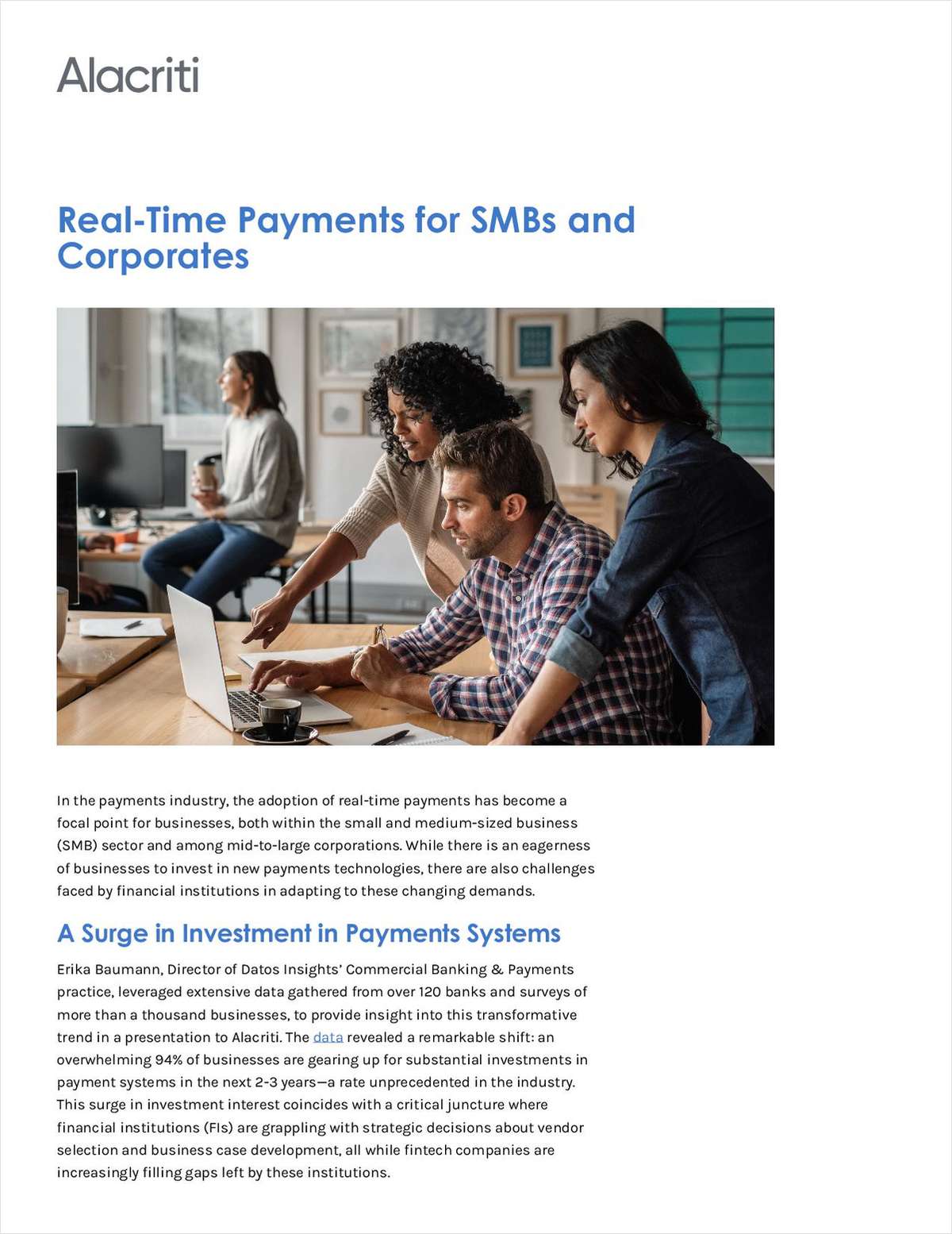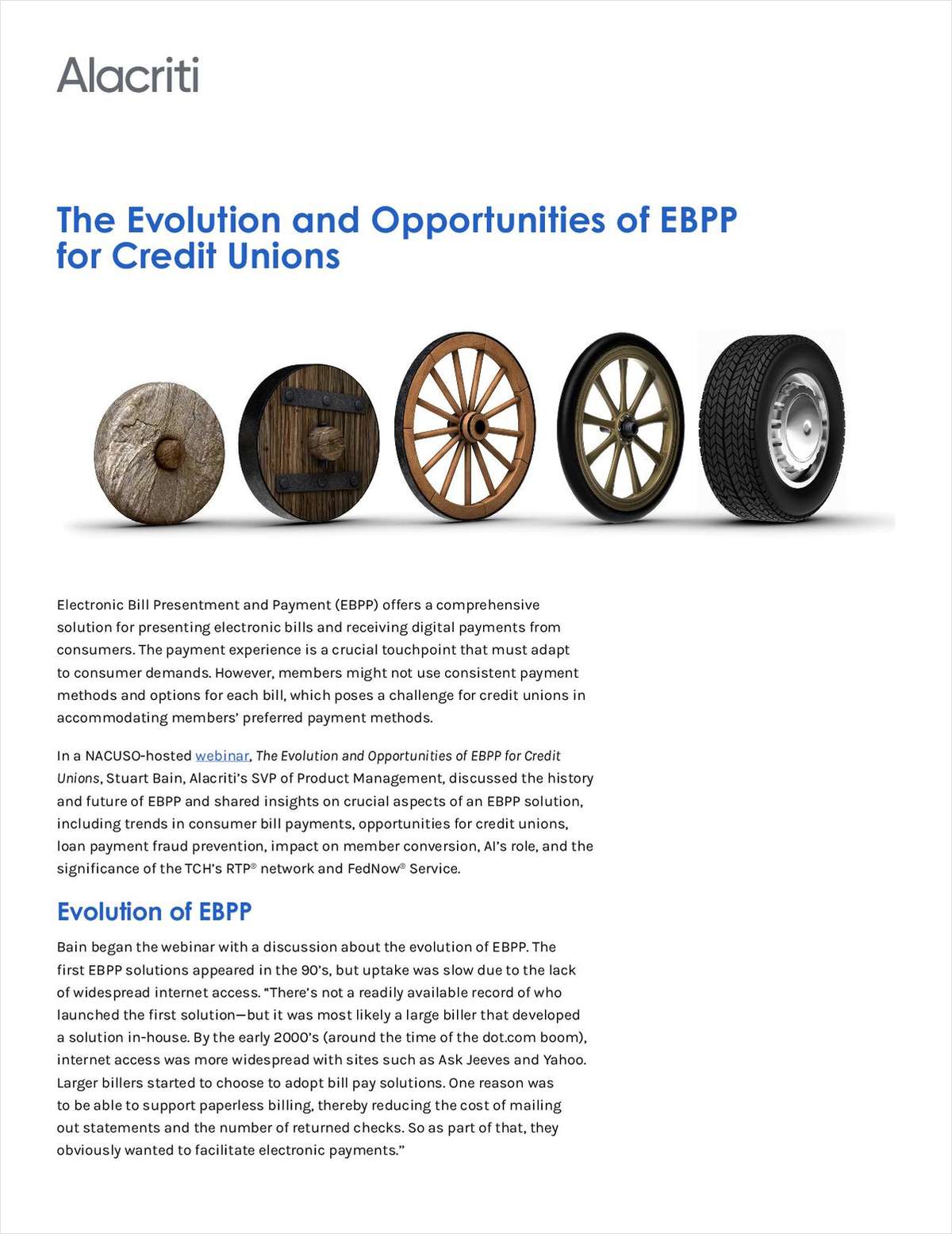NOT FOR REPRINT
© 2024 ALM Global, LLC, All Rights Reserved. Request academic re-use from www.copyright.com. All other uses, submit a request to [email protected]. For more information visit Asset & Logo Licensing.
An error occurred while fetching the data.
Error details: Error: No content found for '/2003/11/11/first-tech-was-a-good-fit-for-sargent-from-day-one-adapts-cu-to-members-demos/' within site 'www.cutimes.com': {"response":{"errors":[{"message":"No content found for '/2003/11/11/first-tech-was-a-good-fit-for-sargent-from-day-one-adapts-cu-to-members-demos/' within site 'www.cutimes.com'","locations":[{"line":1,"column":40}],"path":["articleData"],"extensions":{"classification":"NOT_FOUND"}},{"message":"No content found for '/2003/11/11/first-tech-was-a-good-fit-for-sargent-from-day-one-adapts-cu-to-members-demos/' within site 'www.cutimes.com'","locations":[{"line":92,"column":7}],"path":["youmightlike"],"extensions":{"classification":"NOT_FOUND"}}],"data":{"articleData":null,"articlePackages":[],"youmightlike":null,"readnext":{"contents":[{"uri":"/2024/04/15/five-illinois-credit-unions-announce-proposed-plans-to-merge/","title":"Five Illinois Credit Unions Announce Proposed Plans to Merge","prettyDate":"April 15, 2024","kicker":"News","image":{"uri":"https://images.cutimes.com/contrib/content/uploads/sites/413/2024/04/Illinois-map-e1713208888260.jpg","width":"620","height":"414"},"primaryCategory":{"name":"","uri":"","channelName":"","channelUri":""}},{"uri":"/2024/04/16/hundreds-of-thousands-stolen-in-fake-id-scam-at-florida-cu/","title":"Hundreds of Thousands Stolen in Fake ID Scam at Florida CU","prettyDate":"April 16, 2024","kicker":"News","image":{"uri":"https://images.cutimes.com/contrib/content/uploads/sites/413/2022/07/economy-inflation-e1657734757221.jpeg","width":"620","height":"414"},"primaryCategory":{"name":"","uri":"","channelName":"","channelUri":""}},{"uri":"/2024/04/17/penfeds-q4-loss-widens-to-98-million/","title":"PenFed's Q4 Loss Widens to $98 Million","prettyDate":"April 17, 2024","kicker":"News","image":{"uri":"https://images.cutimes.com/contrib/content/uploads/sites/413/2019/01/penfed-branch-e1713387587435.jpeg","width":"620","height":"465"},"primaryCategory":{"name":"","uri":"","channelName":"","channelUri":""}},{"uri":"/2024/04/16/new-execs-board-members-welcomed-at-rcu-unitus-community-georgia-united/","title":"New Execs, Board Members Welcomed at RCU, Unitus Community & Georgia United","prettyDate":"April 16, 2024","kicker":"Career Moves","image":{"uri":"https://images.cutimes.com/contrib/content/uploads/sites/413/2024/04/new-job-welcome-aboard-e1712865874392.jpg","width":"650","height":"405"},"primaryCategory":{"name":"","uri":"","channelName":"","channelUri":""}},{"uri":"/2024/04/12/prosecutor-credits-ohio-credit-union-police-for-catching-elderly-fraud-scheme/","title":"Prosecutor Credits Ohio Credit Union & Police for Catching Elderly Fraud Scheme","prettyDate":"April 12, 2024","kicker":"News","image":{"uri":"https://images.cutimes.com/contrib/content/uploads/sites/413/2019/01/fraud-handcuffs-embezzlement-e1698420629290.jpg","width":"620","height":"416"},"primaryCategory":{"name":"","uri":"","channelName":"","channelUri":""}}]}},"extensions":{"DateTime":"2024-04-20T09:42:02.345886331","ResponseTime":"84ms","AuthorizedUser":false,"DebuggingData":"Kangaroo","NavServiceResponse":null},"status":200,"headers":{}},"request":{"query":"query CUTimes__view_article_no_sitedir{articleData:\n getContent(naturalId: \"/2003/11/11/first-tech-was-a-good-fit-for-sargent-from-day-one-adapts-cu-to-members-demos/\", site:\"cutimes.com\") {\n uri\n canonicalUrl\n generatedId\n naturalId\n type\n postFormat\n kickerPresentedBy {\n \t\t label\n \t\t value\n \t\t}\n presentedBy\n title\n readtime\n timeToRead\n prettyModified\n prettyDateTime\n needToKnow\n authors {\n name\n description\n imageLarge\n webUrl\n }\n publication\n kicker\n kickerNode {\n name\n slug\n uri\n sectionName\n }\n prettyDate\n prettyDateTime\n pubDate\n modifiedDate\n isDownload\n primaryCategory {\n channelName\n sectionName\n name\n uri\n slug\n channelUri\n }\n tags\n image {\n uri\n width\n height\n }\n embed1\n embed2\n summary\n categories {\n name\n uri\n channelName\n }\n bodyArray\n slides {\n image\n caption\n height\n width\n }\n\n }\n articlePackages:\n getPackagesForArticle(docId: \"/2003/11/11/first-tech-was-a-good-fit-for-sargent-from-day-one-adapts-cu-to-members-demos/\", limit: 3, publication:\"cutimes.com\") {\n title \n slug\n type \n summary\n cssFile\n navigations {\n name\n link\n }\n articles {\n title\n kicker\n uri\n image {\n uri\n }\n }\n\n \n }\n youmightlike:\n getYouMayLikeForContent(naturalId: \"/2003/11/11/first-tech-was-a-good-fit-for-sargent-from-day-one-adapts-cu-to-members-demos/\", site:\"cutimes.com\") {\n uri\n title\n byline\n prettyDate\n readtime\n image {\n uri\n width\n height\n }\n summary\n }\n readnext:\n getStatsList(site:\"cutimes.com\", topic: \"\", limit: 5, timeframe: \"3days\" ) {\n contents {\n uri\n title\n prettyDate\n kicker\n image {\n uri\n width\n height\n }\n primaryCategory {\n name\n uri\n channelName\n channelUri\n }\n }\n\n }\n }"}}
NOT FOR REPRINT
© 2024 ALM Global, LLC, All Rights Reserved. Request academic re-use from www.copyright.com. All other uses, submit a request to [email protected]. For more information visit Asset & Logo Licensing.


Report
Sponsored by Alacriti
Unlocking Real-Time Payments for SMBs and Corporates
Tap into the potential of real-time payments for small and medium-sized businesses (SMBs) and corporations. Discover insights and strategies on adoption rates, and opportunities for your credit union in this comprehensive report.

Article
Sponsored by Alacriti
The Evolution and Opportunities of EBPP for Credit Unions
Electronic Bill Presentment and Payment (EBPP) offers credit unions a number of benefits. Discover how to enhance member satisfaction, streamline payment processes, and more in this webinar brief.

White Paper
Sponsored by GLIA
6 Signs It's Time To Modernize Your Call Center
These unmistakable signs indicate your credit union’s call center needs a modern overhaul. Stay ahead of the curve and elevate your member service experience today.